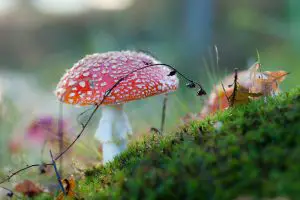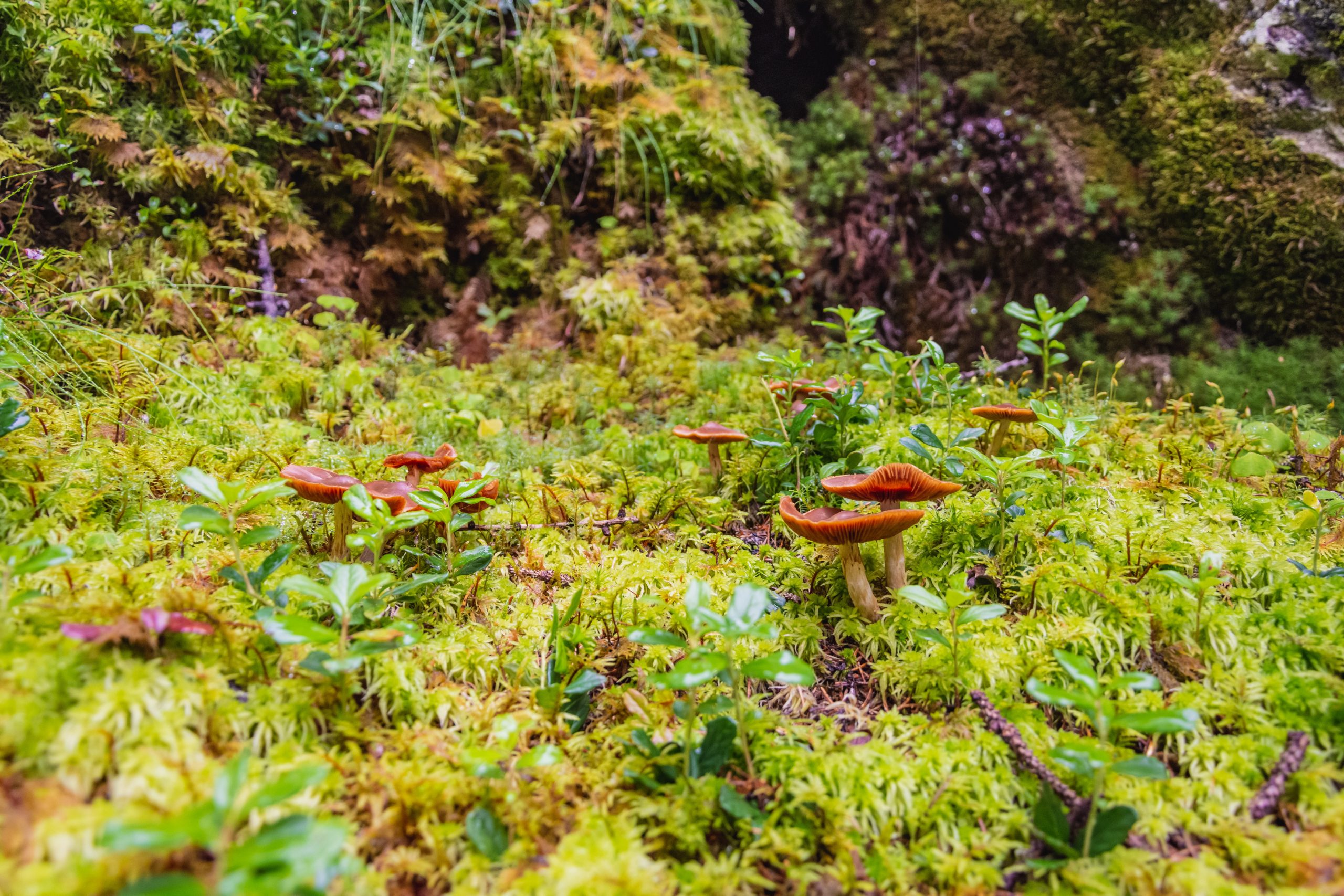Last Updated on April 8, 2024 by Real Men Sow
Mushrooms on lawns can be frustrating for many gardeners. They grow really fast and some of them are poisonous as well which could harm our favorite pets too. If you want to prevent mushroom growth, we’ve prepared this article just for you.
If you want to try out something interesting indoors, you can keep the current edible mushrooms and try o grow them in coffee grounds.
Identify where mushrooms grow in your lawn
First, determine where the mushrooms are growing. This could be in a small area or across the entire lawn. The best conditions for mushroom growth are usually moist, humid, and shady.
How Does Mushroom Grow On Lawns?
Mushrooms can be described as the fruiting bodies of fungi. They produce and spread spores that create new mushrooms. Mycelia, which are underground rooting systems, allows them to grow as much as a half mile per day. Although many believe mushrooms are bad for your health, they can’t grow in poor, nutrient-deprived soil.
It is important to understand why mushrooms grow in lawns. Fungi grow in criss-cross formations below and on the soil’s surface. They consume decaying organic material like old grass cuttings, fallen leaves, twigs and tree stumps. The fungi helps in plant growth by recycling organic matter.
What type of environment is perfect for mushrooms on lawns?
The soil may be too moist, either from excessive irrigation or poor drainage. This is especially true for areas that are shaded. Mushrooms will thrive in these conditions. The bigger mushrooms will grow, the more food they have which is organic waste material.
Remember that mushrooms are a sign of a healthy lawn, and they do not cause disease or harm. They can change the appearance of your garden, which can be a problem. There are however a few safe ways to remove them.
How to prevent mushrooms from growing on your lawn?
The best way to prevent mushrooms from growing in a lawn is to monitor and control the conditions they need to thrive in the garden. For those that have already started to grow, pull them out from the base as soon as they appear in the lawn. This will reduce the spores’ ability to disperse into the environment and spread via wind and animals, whilst also eliminating the risk of children or animals ingesting poisonous or harmful species.
What should you remove from your lawn?
As mentioned fungi consume organic matter, therefore any readily available food sources for the fungi should be limited or if possible, completely removed. To do this rake up leaves, twigs, grass cuttings and any other waste materials as soon as they appear on the lawn.
Steps to prevent mushroom growing on lawns
If your garden has a thick layer of thatch which is interwoven dead grass between the grass and soil, this can also contribute to growth, therefore de-thatching would be recommended. Some waste materials will be hidden below the soil’s surface such as wood and large tree roots. These areas can be dug up and waste materials removed before adding fresh soil. Short grass dries faster than tall grass, reducing the moisture available for mushrooms to grow. Mow the lawn regularly and limit the water applied to the soil. If your garden is prone to retaining excess moisture an underground drainage system may be required.
To prevent spores spreading during mowing, it is important to remove all existing mushrooms. Aeration can also be done to improve drainage, airflow and keep the soil and grass moist. You can either use a garden fork or mechanically to do this. Shade is another key ingredient to mushroom growth. To allow the sun to reach all parts of your garden, remove any branches or limbs that are too high.
A fungicide and nitrogen fertiliser can be used as a temporary solution. However, it is possible for the mushrooms to reappear if the original reason is not addressed. It is best to start over if your garden has mushrooms infested. This is an option that you can choose. Remove the turf, dig up roots and waste materials, and lay new soil, then fertilise as needed.

